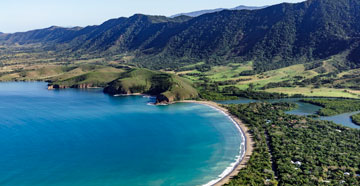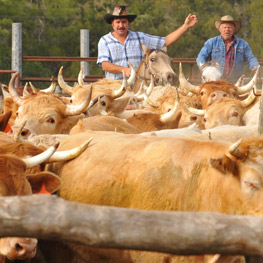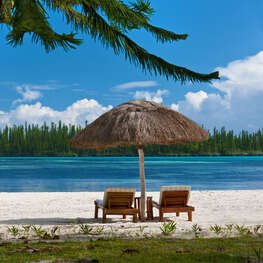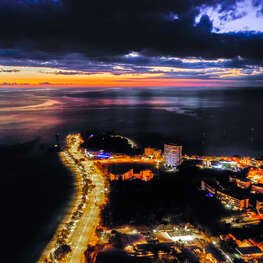There are so many islands, isles and islets dotted in the lagoon of New Caledonia that experts have given up counting them. In the Bay of Nouméa alone there are some 55 landmasses, while the Isle of Pines, the Loyalty Islands and the Belêp archipelago, form the southern, eastern and northern extremes of New Caledonian territory respectively.
-
![isle of pines]()
Each has its unique charm and each is different from the mainland Grande Terre, nicknamed Le Caillou (the pebble) by islanders. Most are also accessible by boat or by plane. Air Calédonie has regular services to the larger islands in its fleet of ATR turboprops from Nouméa’s downtown Magenta airport.
Flying in through the early morning haze to the Isle of Pines, it’s easy to see how it earned the nickname l’île la plus proche du paradis (the closest island to heaven on earth). It is defined by endless turquoise waters, wide white sandy bays and secluded spots.
Not that the Isle of Pines is short on perfect beaches. Although Captain James Cook – who made a stop here looking for mast wood – may have mistakenly named the island after the pine tree, the conifer trees found all over New Caledonia are not true pines. The fast growing Araucaria Columnaris have prospered all over the island, giving every beachfront resort seclusion thanks to a thick forest of evergreens, or Cook pines. The nearby hotels, for example, are prized by honeymooners for their privacy.
-
![isle of pines]()
The Kunié people, after whom the island takes its local name, also thrived. Kunié houses are a riot of colour. A rose house may sit alongside an orange one and across the road from an ochre cottage. Each has a manicured garden of tropical flowers.
Traditional life blends with modernity, with pirogue outrigger canoes used to pluck the abundant marine life out of the sea and onto the table and whatever cannot be caught is grown in welltended gardens throughout the island. Wild ginger grows to add spice to dishes, while whatever is missing is available at the French supermarkets.
The Isle of Pines is the jewel in New Caledonia’s crown and the good news is that there are plenty more islands to discover as well!
-
![loyalty]()
It is the Loyalty Islands of Ouvéa, Maré and Lifou that capture the imagination of many. Iaai, Nengone and Drehu, as they are known by the indigenous inhabitants, are picture-postcard tropical outcrops of lush vegetation set on impossibly perfect lagoons. Slices of Pacific perfection, they are beloved of Japanese honeymooners and cruise ship passengers alike.
Although the Loyalties and the Isle of Pines are longer stay islands, there are many within Noumea Bay that are easily accessible for day trips or overnight stays.
-
![amedee]()
The Îlot Maître, located 30 minutes away from Noumea by ferry, boasts the L’Escapade Resort, home to New Caledonia’s only over-water bungalows. Nearby Îlot Canard (Duck Island) is a watersports hub that attracts kite surfers, wind surfers and snorkellers
The lighthouse on Amédée Island is also a big drawcard for many. Here visitors can relax on the beautiful white sand beach or join in the different activities Amedee has to offer. Climb the lighthouse' 241 steps on 160 feet for a marvellous view over the lagoon, stroll around the island, swim, snorkel among the fish which is always a wonderful experience being a marine reserve.
-
![nord]()
In the north, outcrops and atolls appear almost wherever there is an inlet or bay. Baaba, Pam and Taanlo islands welcome day-tripping guests staying in Hotel Malabou near Poum, for example. So with a deep fried Vietnamese- French-Kanak fusion nem spring roll in my hand, I waited for the flight back to the metropolis of Nouméa. I sighed and reflected that aside from choosing which one to head for, the only bad part of visiting a New Caledonian island is saying goodbye.













